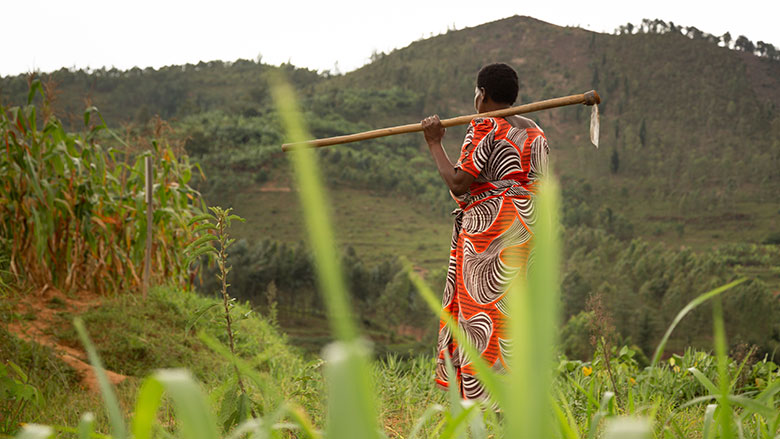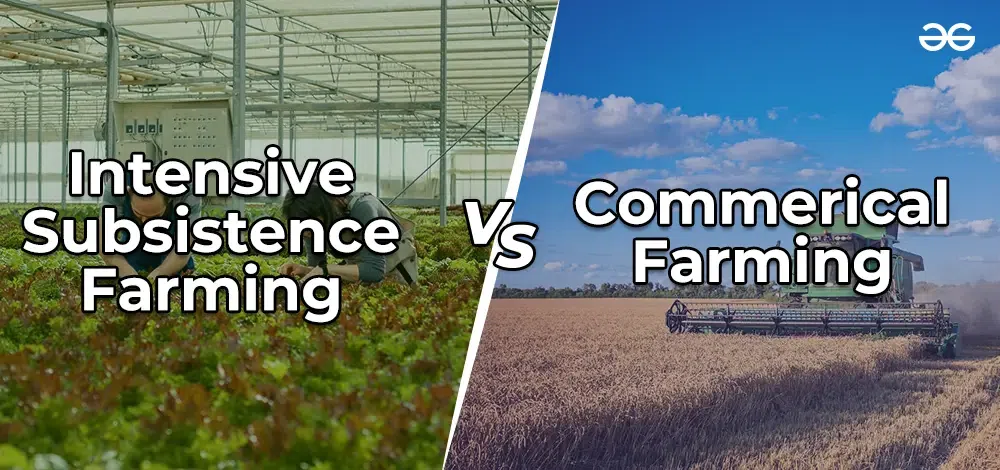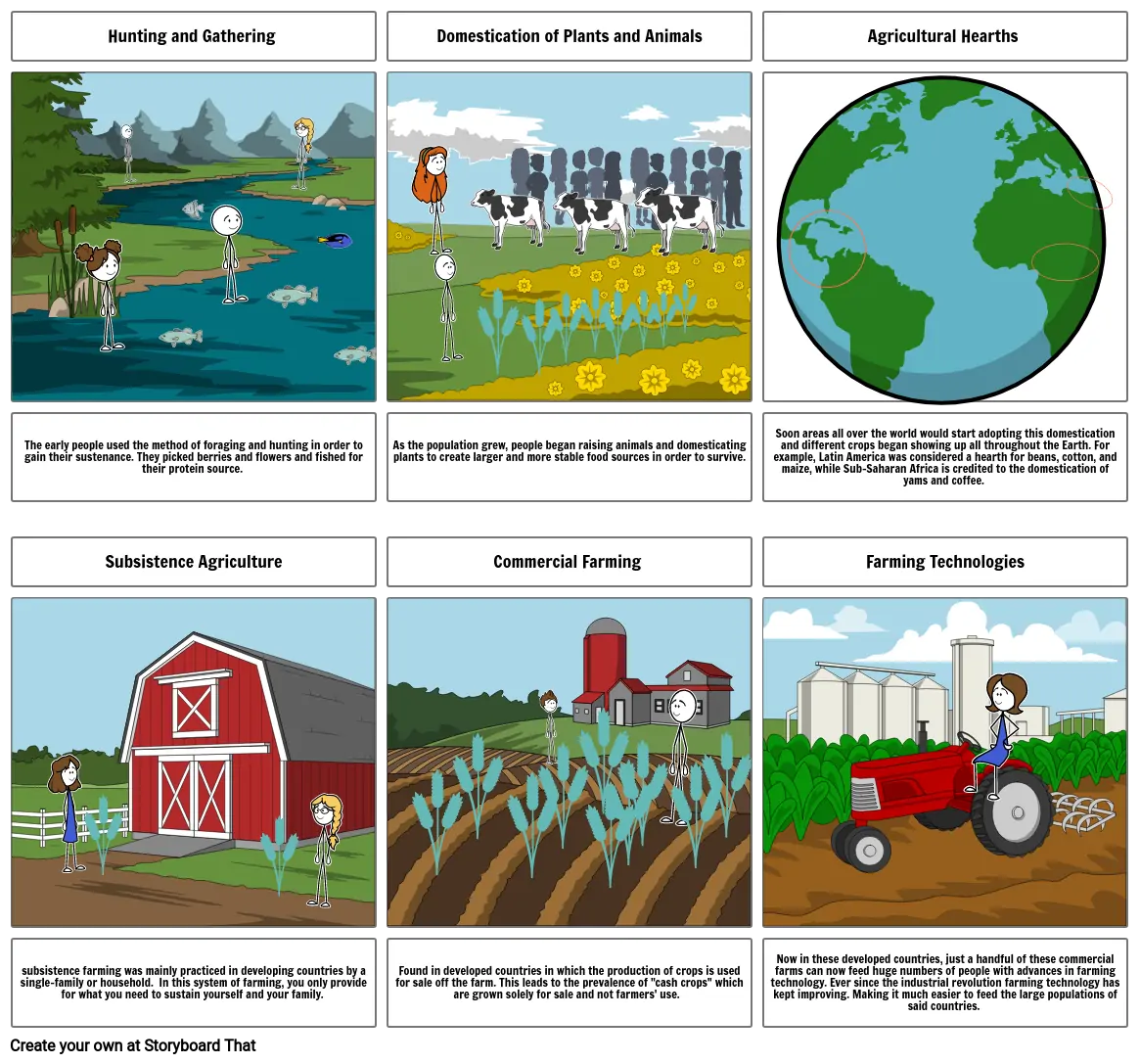An Extensive Take A Look At the Challenges and Benefits of Modern Agriculture
Modern agriculture stands at the crossroads of development and sustainability, providing a wide variety of opportunities and challenges. The course ahead requires a careful exam of these characteristics, inviting stakeholders to take into consideration the potential for transformative adjustment in agricultural methods and plans.
Technical Improvements in Farming
Advancements such as precision biotechnology, automation, and farming have changed traditional farming methods, enabling for even more lasting and profitable procedures. Accuracy agriculture utilizes GPS innovation, sensors, and information analytics to enhance field-level monitoring pertaining to crop farming.
Automation in farming has better thrust the sector onward, with the introduction of independent tractors, drones, and robotics. These modern technologies decrease labor requirements and raise operational speed, permitting timely growing and harvesting. Drones, particularly, give useful airborne images and data, aiding farmers in monitoring plant health and identifying concerns early.
Biotechnology has also played an essential function in advancing agricultural practices. Jointly, these technological innovations have laid the groundwork for an extra resilient and lasting agricultural future.
Environmental Obstacles
Agriculture encounters numerous ecological obstacles that threaten its sustainability and performance. The long-term stability of agricultural land is jeopardized, necessitating the fostering of more lasting techniques.
Water shortage is an additional substantial challenge, especially in regions where agriculture heavily relies upon watering. Climate modification is heightening this concern, changing rainfall patterns and enhancing the frequency of dry spells. Effective water administration systems, such as drip watering and rain harvesting, are critical to alleviate these impacts, yet their application continues to be irregular across different areas.
Moreover, farming is both a sufferer and a factor to climate adjustment. It makes up a considerable share of greenhouse gas exhausts, mostly from livestock production and rice growing. Transitioning to low-emission agricultural techniques, such as precision farming and agroforestry, can aid reduce this effect. However, these approaches need significant investment and technical experience, positioning an obstacle to prevalent fostering. Addressing these environmental difficulties is vital for making sure a lasting agricultural future.

Economic Impacts
The financial effects of modern-day farming are diverse and profound, affecting both local and worldwide markets. Advances in technology and manufacturing approaches have dramatically enhanced agricultural productivity, causing more effective food supply chains and reduced prices for customers. This increased performance has actually allowed countries to meet growing demands, support food prices, and add to financial growth. Additionally, the export of farming assets has actually become a substantial resource of earnings for numerous nations, playing a crucial role in their financial development.
The capital-intensive nature of modern-day agriculture calls for substantial financial investment in equipment, plant foods, and genetically modified seeds, which can be economically difficult for small-scale farmers. Additionally, global market changes can impact the success of agricultural exports, making economic climates reliant on farming prone to economic instability.
Moreover, subsidies and trade plans in developed countries can distort market costs, influencing competitive equilibrium and potentially disadvantaging farmers in developing nations. Generally, while contemporary farming drives financial development, it additionally demands browsing complex financial landscapes to make sure lasting and fair development.
Social Effects
While modern-day agriculture has produced significant innovations, it additionally offers various social implications that require consideration. One major problem is the displacement of small-scale farmers as a result of the rise of large agribusinesses. As corporate farming entities increasingly control the agricultural landscape, smaller sized farms commonly struggle to complete, resulting in the disintegration of rural communities and typical farming methods. This change can cause a loss of local understanding and social heritage that smaller sized ranches sustain.

In addition, there are issues concerning food safety and security and sovereignty. The concentrate on monoculture and genetically changed crops can threaten biodiversity and make food systems a lot more at risk to bugs and conditions. Such techniques could likewise limit consumer choices and decrease the capacity of regional areas to control their food sources. As these social ramifications unravel, it comes to be important to address them to make sure equitable and sustainable agricultural growth.
Future Directions
Looking ahead, numerous encouraging opportunities for modern farming might deal with the obstacles encountered today while cultivating sustainable development. Developments in innovation, such as precision agriculture, provide the prospective to enhance resource use and increase effectiveness.
Biotechnology also holds enormous assurance for the future of farming. Genetically modified microorganisms (GMOs) and genetics modifying methods, like CRISPR, can enhance crop strength against climate change, pests, and illness, hence enhancing food protection. Expanding plant varieties to include even more climate-resilient and nutrient-dense alternatives could reinforce both environmental stability and human nutrition.

Verdict
Modern farming, defined by technical improvements, provides both challenges and possibilities. While advancements such as precision farming and biotechnology improve productivity and sustainability, they likewise add to ecological concerns like soil deterioration and water shortage. The economic impacts are considerable, influencing small-scale farmers and leading Look At This to wider social ramifications. Resolving these complexities needs a transition in the direction of lasting techniques that stabilize productivity with environmental stewardship and social equity, consequently guaranteeing a durable future for worldwide agricultural systems.
Modern agriculture stands at the crossroads of innovation and sustainability, offering a wide range of possibilities and challenges. Additionally, global market changes can affect the earnings of farming exports, making economic situations reliant on agriculture vulnerable to economic instability.
Additionally, the intensive usage of modern technology and mechanization in farming has actually led to a reduction in agricultural employment chances.Looking in advance, numerous promising methods for modern-day agriculture can address the difficulties encountered today while promoting sustainable growth. commercial farming vs subsistence farming.Modern agriculture, defined by technological developments, presents both challenges and chances
 Anthony Michael Hall Then & Now!
Anthony Michael Hall Then & Now! Brooke Shields Then & Now!
Brooke Shields Then & Now! Meadow Walker Then & Now!
Meadow Walker Then & Now! McKayla Maroney Then & Now!
McKayla Maroney Then & Now! Kerri Strug Then & Now!
Kerri Strug Then & Now!